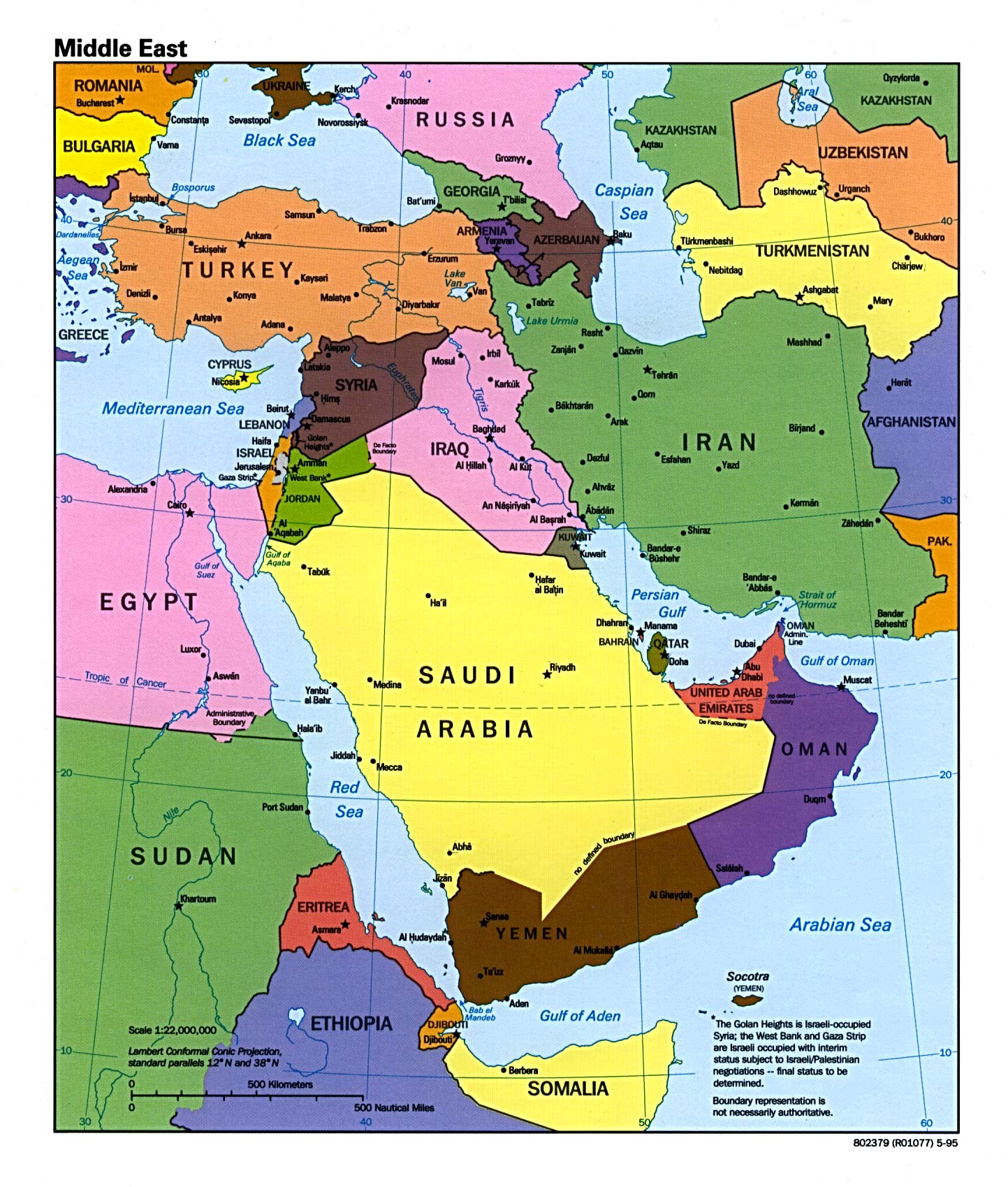Part 1: Re-Introduction
Today you will start working as a U.S. Trade Representative to one specific country. Here are the documents we've looked at already:
Part 2: Problem Statement
We worked together as a class to create a problem statement for this project. Here is the combined problem statement for periods 1, 3 and 6:
"How can we, as new U.S. trade representatives, decide if our country should trade with specific areas of Southeast Asia and make a recommendation so that we can start our careers off well and help our country build meaningful trade relations?"
Part 3: A Return to the Knowledge Inventory
Open your notes to the knowledge inventory you did for Dr. Ness's letter.
You've been assigned a specific country to focus on. Add at least 3 points to each side of your Know/Needs chart based on this specific country.
Part 4: Initial Country Research
Find your country's profile on the
CIA World Factbook. Read through the file's introductory page.
Add at least 3 points to each side of your Know/Needs chart.
Part 5: Trade Recommendation Log #1: Initial Reaction (20 points, due at the end of the period)
On a sheet of loose leaf paper, answer the following question. This should be approximately a paragraph in length (5 sentences = 1 intro, 3 supporting details, 1 conclusion) and is worth
20 points (as shown in
this rubric). You are working on this part ALONE.
"As a U.S. Trade Representative to _________________, what is your initial reaction? Should the U.S. enter into a trade agreement with your assigned country? What additional information must you find out in order to make your final recommendation?"
Part 6: Trade Group Discussion (8 points, due at the end of the period)
Share your TR Log #1 with your group members. Draw a line below TR Log #1, then use the space to answer the questions below (2 points each, 8 points total):
- What additional information did my team members discover?
- What additional information do we need to make an informed decision?
- What is my team's initial recommendation to the Executive Office of the President?
- What 3-4 specific topics must we research in order to make an effective recommendation?
Part 7: Large Group Discussion
We will decide as a class what topics we should research. Think -- what would you want to know if you were going to trade lunches with a friend?
Part 8: In-Depth Research (20 points, due Monday, 4/30/12)
Now that your group has an idea of what it should be doing, you must become more informed about your destination.
Assign a research topic to each person in your group. Use the following sources to do the following:
- Effectively cite your source using MLA format
- Produce a minimum of 1 page (typed or handwritten) of notes on your assigned research topic
Your research is worth 20 points, and will be graded based on
this rubric.
The following are all sources you may use to complete this portion of the assignment:
Part 9: Statement of Opinion (A Thesis! Hooray!) (32 points)
Now that you've completed your initial research, you will create the first firm statement of your opinion. This is still not yet written in stone -- it could change based on what your partners say. Ultimately, your group will share one thesis.
Essentially, you are completing this sentence:
"The United States should/should not open trade negotiations with ____________________ because _________________, _____________________ and ____________________."
You may change the wording/format of this statement as long as it includes the basic information given.
We'll use
this rubric to grade your theses.





.svg/541px-East_Asia_(orthographic_projection).svg.png)








